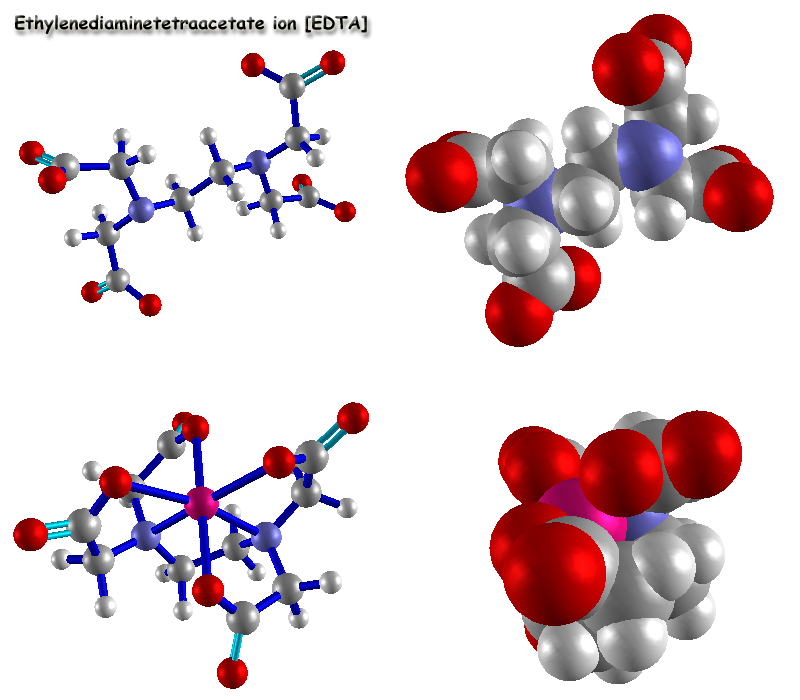CHILDREN'S HEALTH
Lead poisoning
Treatment
Lead levels in the blood are categorized into Classes I through V.
Class V is the most severe and constitutes a medical emergency. The
classes are as follows:
- Class I: less than 10 micrograms per deciliter (mcg/dL)
- Class II-A: 10 to 14 mcg/dL
- Class II-B: 15 to 19 mcg/dL
- Class III: 20 to 44 mcg/dL
- Class IV: 45 to 69 mcg/dL
- Class V: 70 or greater mcg/dL
The primary treatment for lead poisoning is to stop the exposure.
Removal of the source of lead is critical to reducing the lead levels.
If you can't remove the source of lead from the environment, you may
have alternatives to reduce the likelihood that lead will cause
problems. For instance, sometimes it might be preferable to seal in,
rather than remove, old lead paint. Your local health department can
recommend resources to identify and reduce lead in your home or in your
community. For Classes I and II, ceasing exposure to lead may be
sufficient to reduce lead in your body.
Treating higher classes
For more severe cases, your doctor may recommend chelation therapy in
addition to removal from lead exposure. In chelation therapy, the
medicine (chelating agent) you take binds with the lead so that it's
excreted from your body. Some Class III cases and many Class IV cases
may be treated with the oral drug succimer (dimercaptosuccinic acid).
Lead levels greater than 45 mcg/dL of blood, which fall into Class
IV or V, are treated with a chemical called ethylenediaminetetraacetic
acid (EDTA). EDTA is administered through injections in your veins
(intravenously) and may be combined with the drug dimercaprol (BAL).
Depending on your lead level, you may need more than one treatment. The
therapy may not reverse damage that already has occurred in cases of
severe lead intoxication.
|

